Eastern Croatian City Boasts Baby Boom
ZAGREB, 13 March 2021- During 2020, Vinkovci had 289 newborn babies, or 32 more than in 2019, the mayor of this eastern Croatian city, Ivan Bosančić told Hina recently.
This rise of 11% ranks Vinkovci on the second place after Osijek in terms of the growth in births in 2020, said the mayor, ascribing those developments to the local authorities' population policy.
In the last four years, the city administration has allocated HRK 1.9 million for baby support grants.
Also, HRK 40.4 million has been set aside to co-fund pre-school institutions, 4.8 million kuna has been invested in providing equal social conditions, and HRK 7.2 million for scholarships.
Bosančić of the HDZ party notes that currently 321 students receive city scholarships, or twice as many as in 2017.
Since 2017, 13 playground facilities have been built or rebuilt and some other sports utilities have been upgraded in this eastern city.
To read more about lifestyle in Croatia, follow TCN's dedicated page.
Vinkovci Supports Hospitality Workers with HRK 2,000, Plans to Cancel Consumption Tax
March 2, 2021 - Great news from Slavonia, as the City of Vinkovci supports hospitality workers with HRK 2,000 and plans to cancel the consumption tax.
HRTurizam writes that catering, as one of the hardest-hit sectors of the economy, will welcome any aid at the moment. Epidemiological measures and restrictions have left an indelible mark on the numerous lives of employees in the hospitality industry.
To overcome this difficult period, the City of Vinkovci has announced support for catering facilities. The first aid refers to one-time assistance of HRK 2,000 to employees in the hospitality industry, while the city will also cancel consumption tax.
“Caterers are an important part of entrepreneurship in our city, and any job that depends on them is also invaluable. Therefore, we have decided to help our caterers, and HRK 800,000 have been provided for this purpose, and the funds will be distributed so that applicants will receive HRK 2,000 per employee. We hope that this measure of ours, with state aid, will be enough to overcome this situation they are in, against their will," said the mayor of Vinkovci Ivan Bosančić, and added that caterers would continue to pay only one kuna for renting public space, which should make it easier for them to do business during the summer.
Furthermore, the mayor of Vinkovci announced that they had plans to cancel the city consumption tax. It is a proposal that will go to the City Council, and the decision should be applied from the beginning of next year. Until now, the consumption tax rate in Vinkovci was 3%, and the City of Vinkovci had an annual income of around HRK 900,000.
This news comes after the mayor of Sveta Nedelja, Dario Zurovec, announced on his Facebook profile that all owners of catering facilities and gyms in the city area would receive one-time assistance of HRK 1,500.
"One-time assistance of the Sveta Nedelja City to cafes, restaurants, gyms, and fitness centers in the amount of 1,500 kuna will at least somewhat alleviate the difficult situation in which our fellow citizens find themselves, whose right to work is limited due to epidemiological measures. Vision, ambition, development, and responsible management have resulted in our city setting standards for the whole of Croatia in recent years. I want us to continue to be that – an example for others city," wrote Mayor Dario Zurović on his Facebook page.
To read more about lifestyle in Croatia, follow TCN's dedicated page.
Croatian Graduate Perspective: The View from Mislav in Vinkovci
February 21, 2021 - "Students should be more educated about self-employment. What is needed to be done is to encourage them, teach them their rights, show them ways to become independent, so they can start on their own," says Mislav in Vinkovci, our next interviewee in the Croatian Graduate Perspective series in which we investigate recent graduates' attitudes about job and life opportunities in Croatia. This is his story.
With many young people emigrating from Croatia, what keeps those who decided to stay (at least for now)?
The emigration of young people from Croatia in search of better business opportunities and living standards, unfortunately, is a well-known story. Each of us young people in Croatia knows at least a few people from their environment who, at one point, said that enough was enough and decided to seek happiness somewhere abroad.
According to official Eurostat data, from 2015 to 2019, Croatia's population decreased by 4.26 inhabitants per 1,000 citizens only thanks to emigration. Therefore, the Croatian emigration rate is the second-worst in the European Union (after Lithuania).
These data indicate that economic prosperity influences population decisions to emigrate. Besides, due to the exodus of the young and working population, there is an additional reduction in GDP per capita that closes the cycle of poverty and decline in Croatia.
However, there are many who are aware of the poor position of young people in Croatia, but still do not want to give up and decide to stay in Croatia. We're wondering what do those young people, recent graduates, think about this whole situation and what are their reasons for staying in Croatia.
We continue our series with Mislav from Vinkovci in eastern Croatia.
First of all, please introduce yourself. What are you studying/what did you study? Do you currently have a job?
My name is Mislav, and I live in Zagreb, where I graduated in Software Engineering from the Faculty of Electrical Engineering and Computing. I'm from Vinkovci, and as you can see in the photo, I love cycling.
Currently, I am working as a software engineer for a software agency in Zagreb.
What is it like being a student/recent graduate in Croatia during this coronavirus time?
From when this all started, not much has changed for me – except for my working place. As a software engineer, I am used to working remotely. Coronavirus only made me work remotely more often, which means filling my room with monitors and extra comfortable chairs.
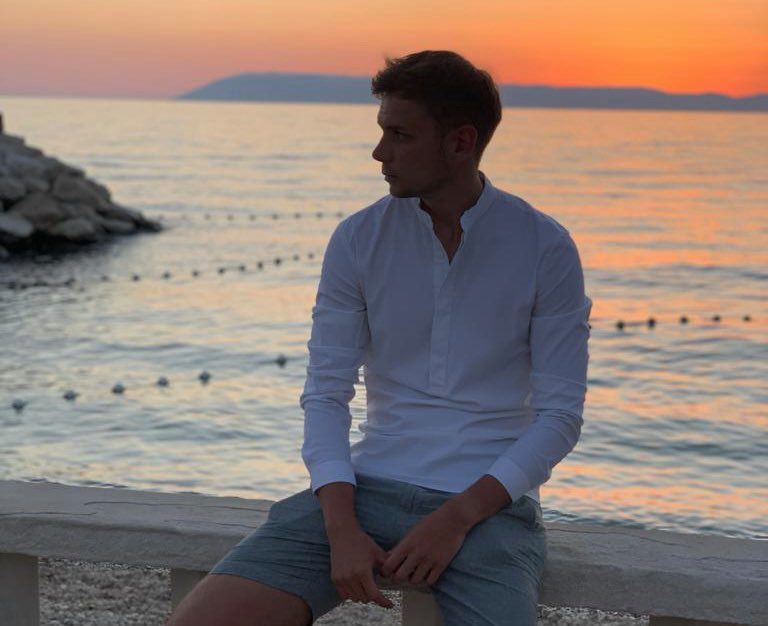
What are your experiences searching for a job in your profession in Croatia?
I started with my job hunt four years ago – as a student. My faculty organizes various job fairs, so I had the opportunity to learn about my potential working places during my college years. What I had to do was pick the ones which I found most interesting and convince them that I was the person they needed.
What do you think of the Croatian Government's efforts to provide opportunities for graduates?
I think that students should be more educated about self-employment. During my college years, I met so many capable people who can do great things. What is needed to be done is to encourage them, teach them their rights, show them ways to become independent, so they can start doing business on their own.
Many young people your age decide to emigrate from Croatia to find a better job opportunity and/or life standard. What do you think about it?
Everyone has their priorities. I understand the ones who seek better living standards or found better offers. There are many things that they are sacrificing or giving up, including living in your hometown and being close to your friends and family, which can be really, really hard. On the other hand, they avoid being frustrated about some common things in Croatia, which you will never come across somewhere else.
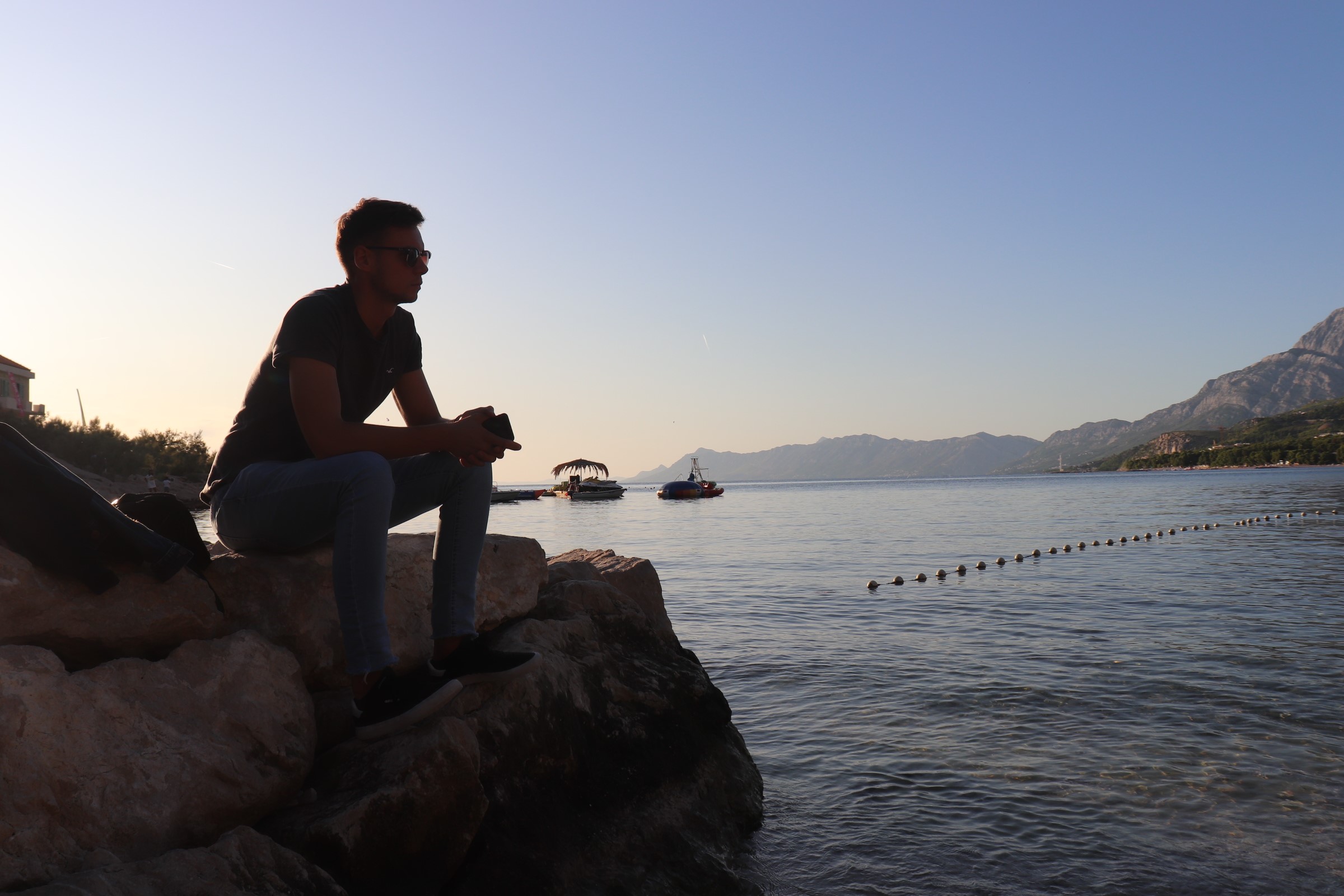
In your opinion, what would encourage young people to stay in Croatia?
Better political order, more legal business, fairer employment, and fairer wages.
Have you ever considered leaving Croatia?
No, I have not.
As a recent graduate, what is your impression of the education system in Croatia? What do you think is good about it and what could improve?
What we need to do better is teach children about their possibilities and what they can become while they are at a younger age. Also, we need to introduce more practical work in schools and faculties.
Based on your own experience, would you say that everything is possible in Croatia if you work hard, work on yourself, are educated and ambitious?
The answer I am giving to this question does not depend on any particular country. I met many hard-working and diligent people who struggle with their careers because of the current situation. I would say that in the end, it all depends on how well you adapt to a particular situation and how many times you fall before you finally succeed.
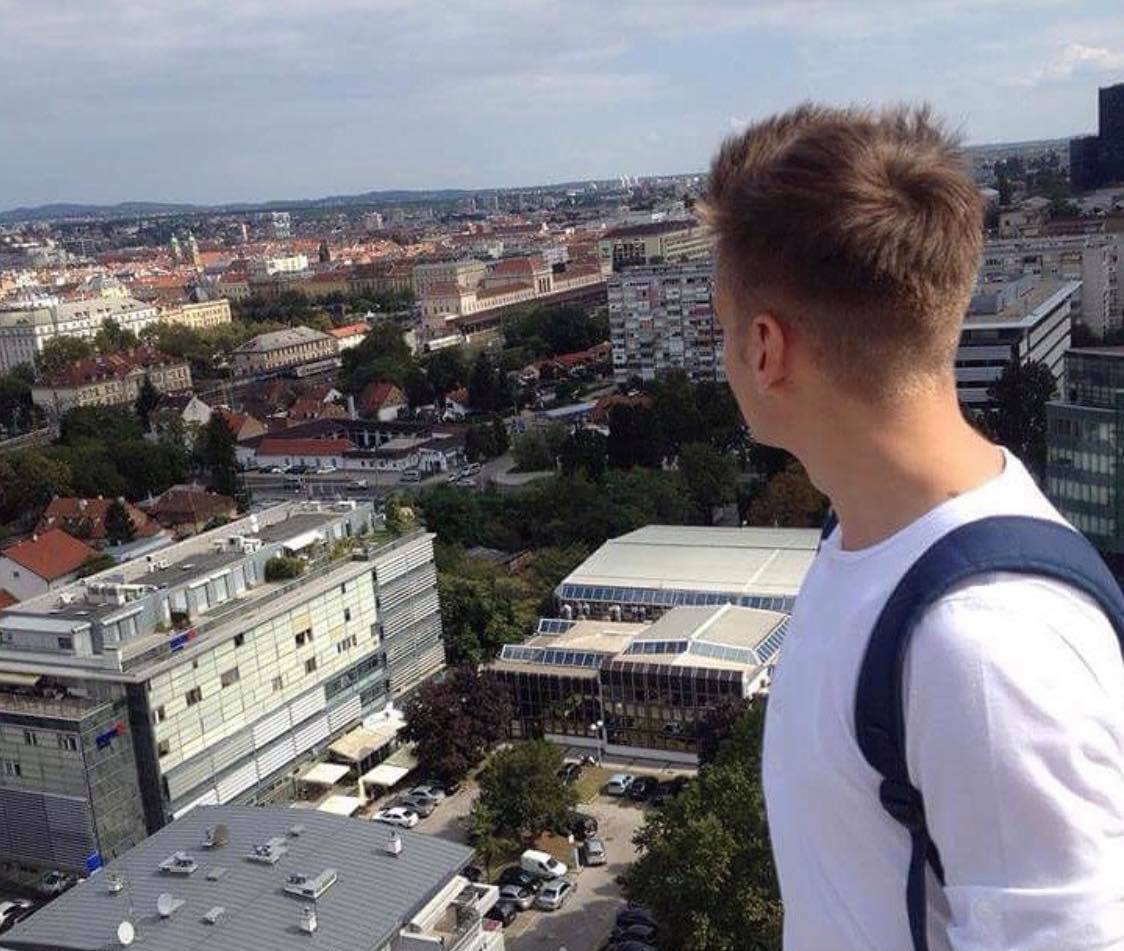
As a young Croatian, what are you most proud of in Croatia?
When foreign people ask me about my country, I cannot resist telling them everything about our beautiful coast, islands, and clear water. After telling them about our cities' great culture, I must end with describing our people who are always cheerful, no matter what.
Are you optimistic or pessimistic about the future of Croatia, and will it be a better or worse place for your children?
As an eternal optimist, I will always believe in bright times. I will always hope that young people will welcome positive change in their lives, and I will always be the first one willing to stand up and work for a brighter future.
Are you a student or recent graduate who would like to contribute your voice and experiences to this series? If yes, please contact This email address is being protected from spambots. You need JavaScript enabled to view it. with the subject "Graduate."
To read more from the Croatian Graduate Perspective series, follow TCN's dedicated page.
Deer Killed By Train, Stolen By Train Driver, Later Caught Drunk Driving
January 26, 2021 – Road kill we've heard of. But rail kill? One Slavonia deer killed by train was due to end up on the dining table of a train driver, who stopped his train to stuff the dead deer into his cab, before later being caught drunk driving with the decapitated animal in his trunk
Road kill we've heard of. But rail kill? One Slavonia deer killed by train was due to end up on the dining table of a train driver, who stopped his train to stuff the dead animal into his cab. Alas, the čobanac (a spicy, wild meat stew, popular in Slavonia) was not meant to be. He was caught drunk-driving the next day by police at a traffic stop in Vinkovci and arrested.
It's perhaps easy to understand the train driver not wanting to look such a gift horse, or deer, in the mouth. This is not the first deer killed by train or car within the wild rural landscape of Slavonia. With the unfortunate collision having offered the opportunity for fine dining, the train driver apparently had a one track mind.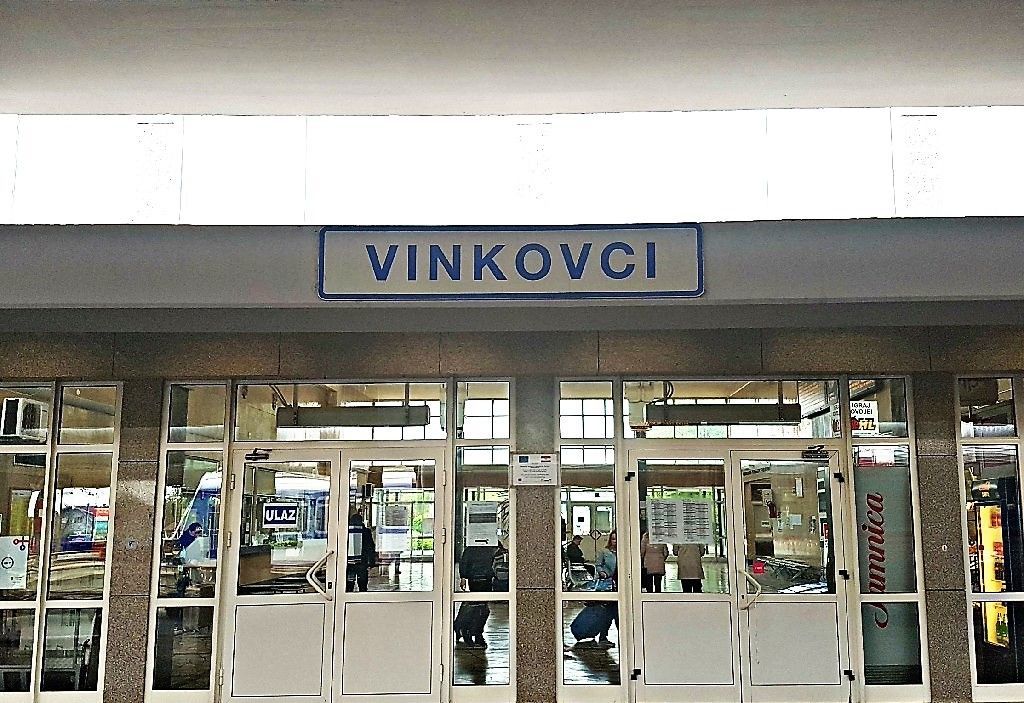
However, with the benefit of hindsight, it was perhaps not the best i-deer to retrieve the sizeable body of the deer killed by train to save for a later feast. Less easy to forgive is that he was caught with the deer while driving his car under the influence of alcohol. Such foolhardiness is no way to go about covering your tracks.
Police halted the man around 5pm on January 12 at a regular traffic roe-d stop and breathalysed him, as they correctly suspected he had been drinking. The 56-year-old man, who had Vinkovci license plates was found to be under the influence of alcohol (1.22 g / kg). However, that was just the first of the finds on the stop.
Upon searching the car trunk, police discovered the decapitated corpse of a sizeable deer. It turned out the train driver had stopped his train the day before to retrieve the animal and placed it in the driver's cab for consumption at a later date. The animal was presumably being transported home – or to a local butcher – by car the next day. But, the traffic stop put an end to any notions of a free meal.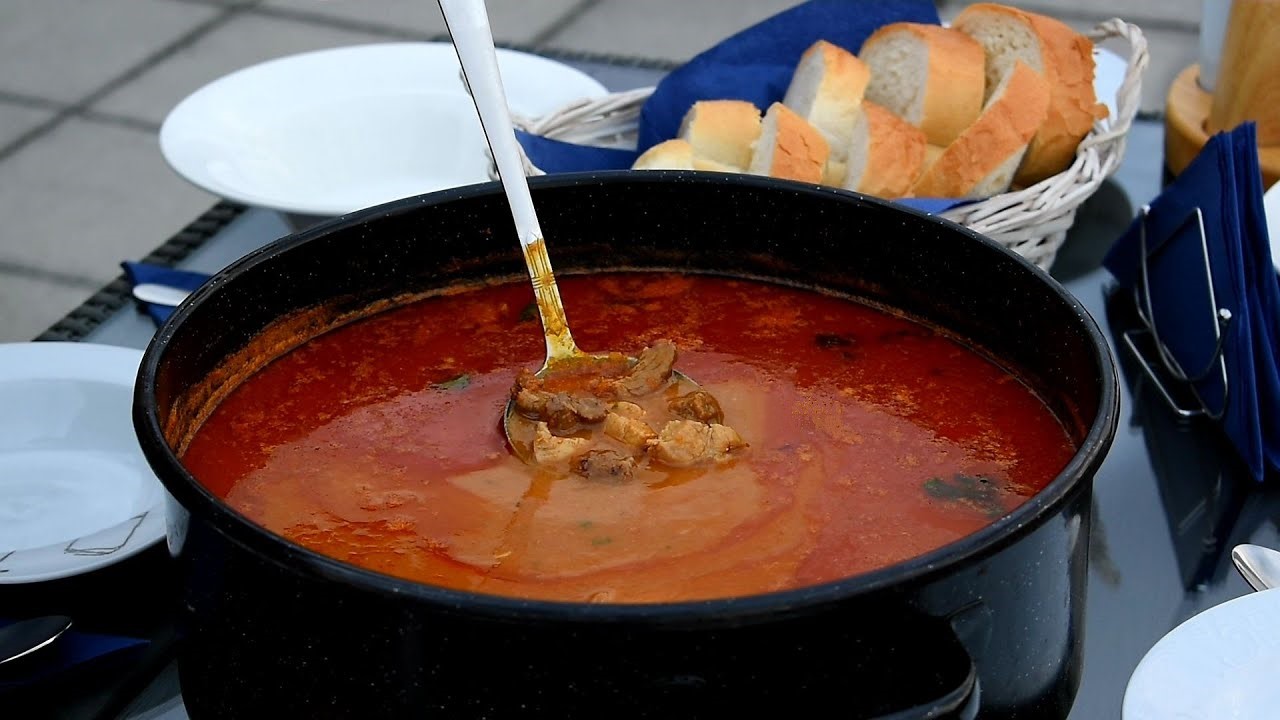 Cobanac, a hearty, spicy stew made in Slavonia using deer and other wild meats. Alas, it was not meant to be © Youtube screenshot
Cobanac, a hearty, spicy stew made in Slavonia using deer and other wild meats. Alas, it was not meant to be © Youtube screenshot
The deer corpse was confiscated and handed over to the hunting society of Stari Mikanovac for safekeeping until a warrant for an autopsy was obtained in order to determine the cause of death. Pursuant to the order of the Vinkovci Municipal State Attorney's Office, the examination of the deer carcass was performed by the Vinkovci Veterinary Institute.
For the appropriation of the deer, the police filed a complaint at the Municipal State Attorney's Office in Vinkovci against the 56-year-old for the criminal offence of theft. For his inebriated driving, the man was issued a misdemeanour order, imposing a fine of HRK 5,000 and was banned from driving a "B" category vehicle for two months. Having been charged for both excess beer and excess deer, at the time of the police road stop you could say the game was well and truly up.
Croatia Pan Europe Trains Will Run 160 Kilometres Per Hour By 2030
November 2, 2020 – From southern Spain to Budapest through Rijeka and Zagreb and from Salzburg through Zagreb, Belgrade and Skopje to Greece, Croatia pan Europe trains will run 160 kilometres per hour by 2030
In the biggest investment ever made in the infrastructure of the country's rail network, Croatia pan Europe trains will run 160 kilometres Per Hour By 2030. In an investment costing 4.5 billion Euros, 750 kilometres of railways will be modernised.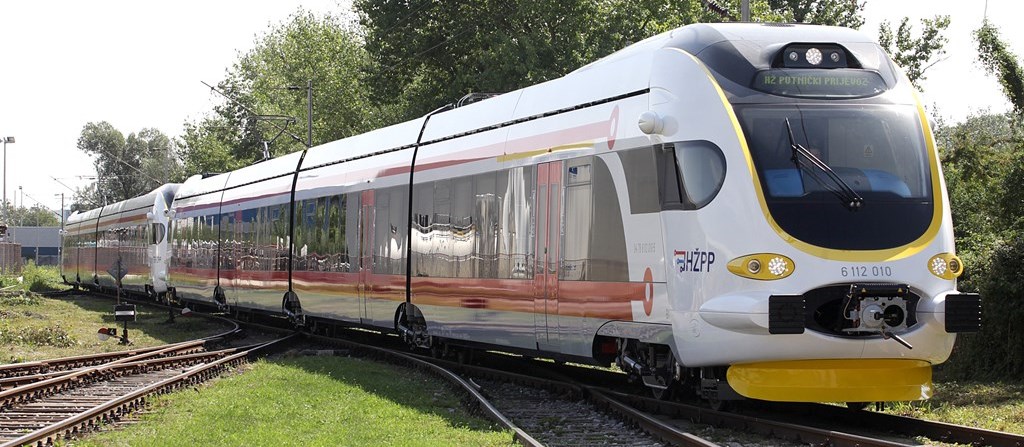 © HZPP
© HZPP
The lines that will receive the upgrade will connect Rijeka to Budapest in Hungary via Zagreb (RH2) and Zagreb to Belgrade via Vinkovci (RH1). Though these lines already exist, they have never undergone an overhaul of the scale proposed. The modernisation with ensure double lanes across the whole of both routes and facilitate passenger train speeds of 160 kilometres per hour.
The level of investment means that during the next ten years, HŽ Infrastruktura's (Croatian Railway Infrastructure Company) rebuild of the Croatia pan Europe trains network will be the largest infrastructure project in the Republic of Croatia and the largest beneficiary of EU grants in the transport sector. Most of the money for the modernisation is coming from European Union grants. Almeria on the Mediterranean, in Andalusia, southern Spain, where the Mediterranean Corridor begins © ddz photo
Almeria on the Mediterranean, in Andalusia, southern Spain, where the Mediterranean Corridor begins © ddz photo
The RH2 line is part of the Mediterranean Corridor which connects the south of the Iberian peninsula with eastern Hungary via six countries. The line runs from Almeria on the Mediterranean coast in the south-east of Spain, through Madrid and Barcelona. It passes through Marseille in France, then northern Italy, Slovenia, Croatia, the Hungarian capital of Budapest, before finishing in Záhony in the east of Hungary, not far from the border with Ukraine. The route covers more than 6000 kilometres. The Croatian section will pass through Jurdani (six kilometres north of Opatija), Rijeka, Karlovac, Zagreb, Dugo Selo, Križevci and Koprivnica.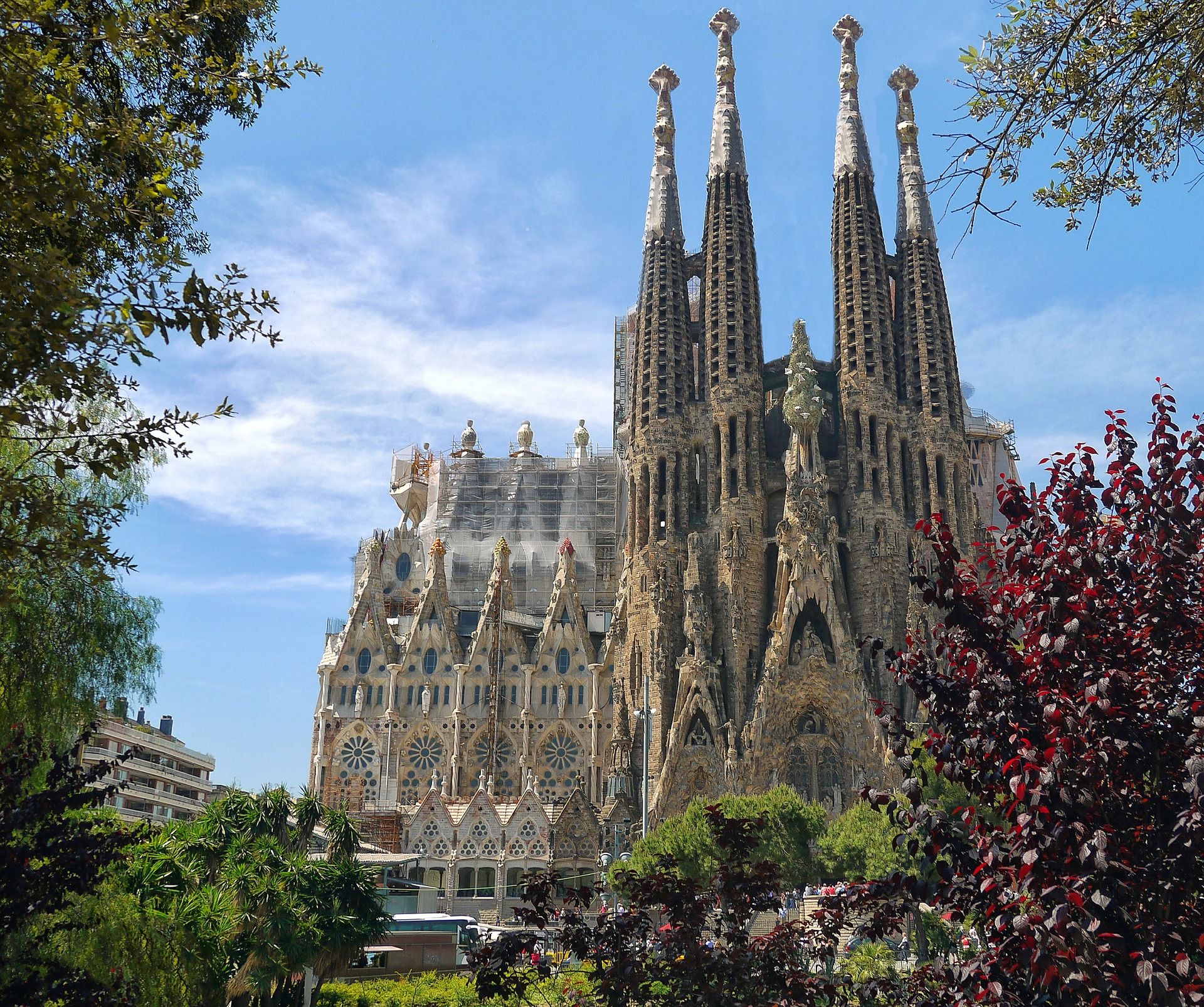 To Croatian rail passengers, the Spanish city of Barcelona will be just a few hours away by 2030 © Patrice Audet
To Croatian rail passengers, the Spanish city of Barcelona will be just a few hours away by 2030 © Patrice Audet
The RH1 line is part of the Pan-European Corridor X. The Croatia pan Europe trains section of this transport route was once one of the three lines taken by the Orient Express. The modernised rail line will start in Salzburg, Austria and pass through Ljubljana before reaching Zagreb. The line will pass through Slavonski Brod and Vinkovci before making its way to Belgrade, then Niš in southern Serbia. The old Oriental Express line then headed east, to Istanbul via Sofia, Bulgaria. The EU-funded train section of the Pan-European Corridor X instead heads south, to Thessaloniki in Greece via Skopje in Macedonia.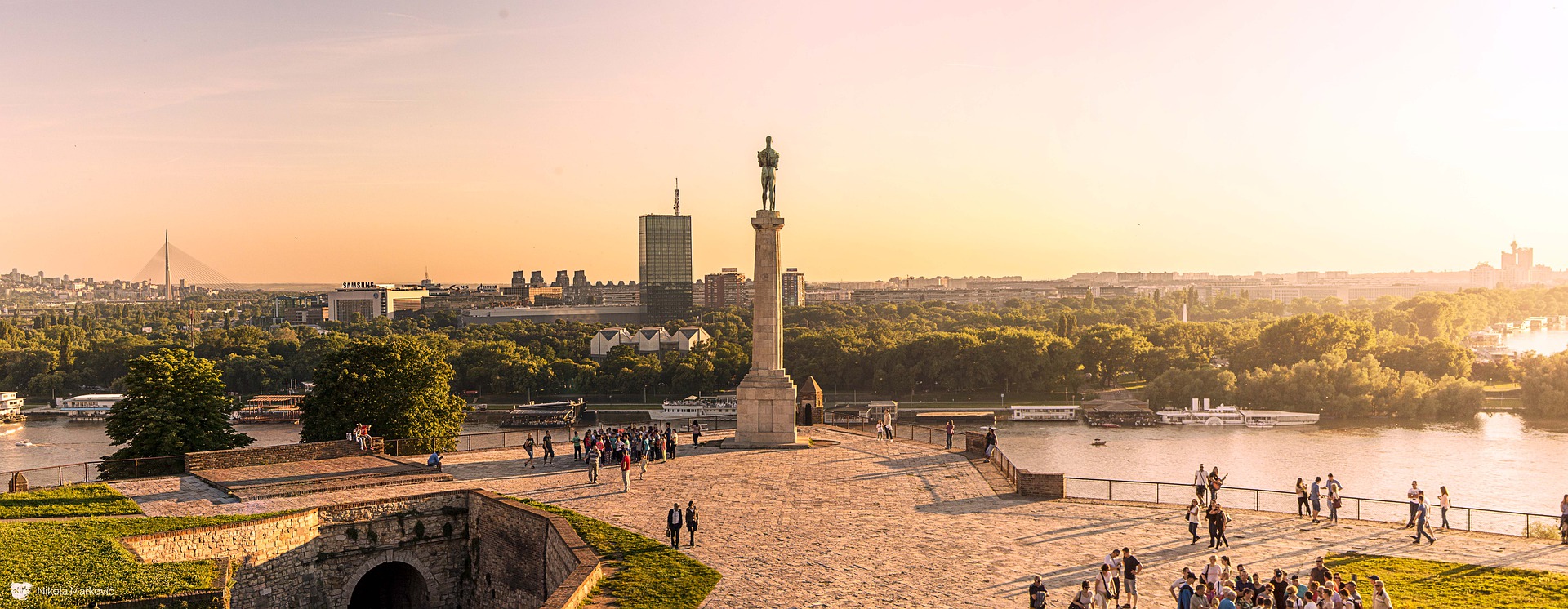 The rail journey time between Zagreb and Belgrade (pictured) will be shortened considerably by the improvements © Djordje Jovanovic
The rail journey time between Zagreb and Belgrade (pictured) will be shortened considerably by the improvements © Djordje Jovanovic
Trains are currently the greenest transport option for long-distance travel. As the world heads in the direction of seeking energy sources that do not rely on finite fossil fuels, rail also currently looks to be the long-distance travel option best-equipped to meet this challenge. In the future, visitors from all across Europe may increasingly rely on the Croatia pan European trains network in order to access the country. The improvements also increase business and leisure opportunities for Croatians in Europe. Thessaloniki in Greece is one of the most popular cities in Europe for visitors. The renewed rail section of the Pan European Corridor X will end here © Dimitris Vetsikas
Thessaloniki in Greece is one of the most popular cities in Europe for visitors. The renewed rail section of the Pan European Corridor X will end here © Dimitris Vetsikas
Around 935 million Euros was invested in the Croatian railway infrastructure between 2010 and 2019. The new investment dwarfs those figures. The initial investment, occurring between 2020 and 2024 amounts to as much as 1.8 billion Euros, of which almost 78.7 per cent is co-financed by the European Structural and Investment Funds (ESI) and the Connecting Europe Facility (CEF). From 2025 to 2030, EU funds totalling more than 2.7 billion Euros are expected to be invested in the Croatia pan European trains network.
Freight train passage along the lines will also be increased, reaching a new speed of 120 kilometres per hour. The Croatia pan European trains network also offers great potential to open up continental Croatia regions to international visitors. The Croatian railway network currently has 2,617 kilometres of track, of which 274 kilometres are double-track and 980 are electrified.
For the latest travel info, bookmark our main travel info article, which is updated daily.
Read the Croatian Travel Update in your language - now available in 24 languages
Continental Croatia Trains: Inland Opens Up With Green Travel
October 3, 2020 - With charter airlines in a state of flux and Croatia Railways beginning a renewal of their fleet in Slavonia, are continental Croatia trains the eco-friendly and best way to unlock the inland's amazing potential?
Everything changes. Nothing stays the same. Even before 2020 arrived, lifestyles and trends were headed in new directions. Eco-tourism and agro-tourism were two of the fastest-growing areas within the travel sector, this behaviour change a response to concerns about the environment. And nowhere in the country stands better poised to take advantage of this interest than continental Croatia.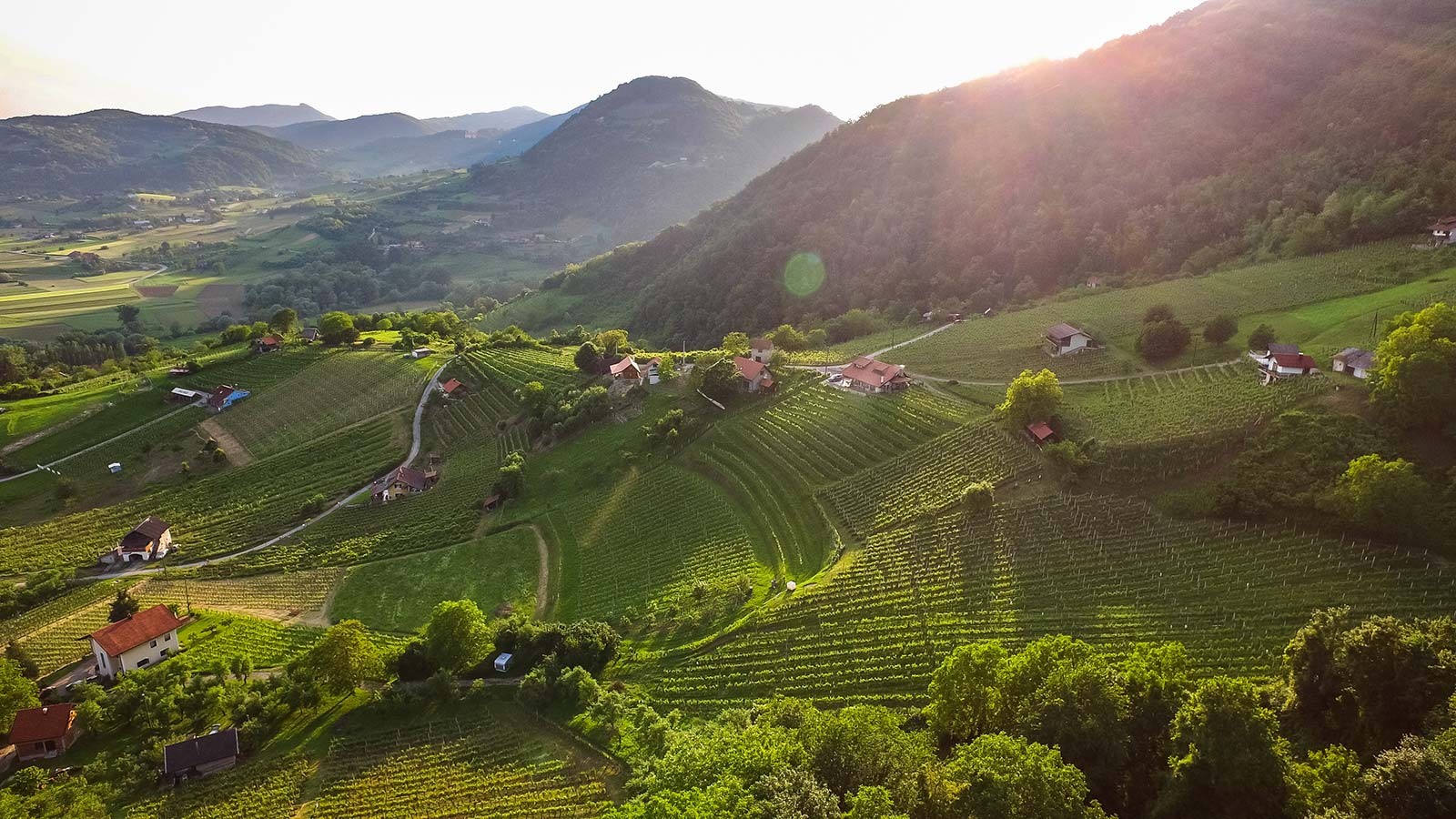 Impossibly pretty Zagorje - the region lies just north of Zagreb and is accessible by continental Croatia trains © Ivo Biocina / Croatia National Tourist Board
Impossibly pretty Zagorje - the region lies just north of Zagreb and is accessible by continental Croatia trains © Ivo Biocina / Croatia National Tourist Board
From the impossibly pretty hills of Zagorje, the peaceful rivers of Karlovac county and the hidden vineyards that surround the capital Zagreb to the vast Pannonian flatlands that stretch to Slavonia, Baranya, Vukovar-Srijem and beyond, the varied topography of continental Croatia is wild, exciting and - by many - wholly undiscovered.
This is land where agriculture and nature thrive side by side, where the stresses of modern-day existence ebb away as you readjust to a way of life that would look mostly familiar to the people who lived here centuries ago. These are places where you can truly be at one with yourself and with your surroundings. In continental Croatia, you often find yourself in an environment that is both timeless and traditional, yet wholly contemporary in regards to its ecological aspirations. And you're never far away from an exciting city environment that you can dip into on a whim – not just Zagreb, but Osijek, Slavonski Brod, Karlovac, Sisak and Varaždin too. To those who really know and love Croatia, Osijek is simply unmissable. It is both the capital of and the doorway to Slavonia and Baranya and should be more accessible by continental Croatia trains. Sadly, international transportation links to the city by air are also quite poor. Improvements in accessibility to Slavonia and Baranya by rail and road are imminent © Romulić & Stojčić
To those who really know and love Croatia, Osijek is simply unmissable. It is both the capital of and the doorway to Slavonia and Baranya and should be more accessible by continental Croatia trains. Sadly, international transportation links to the city by air are also quite poor. Improvements in accessibility to Slavonia and Baranya by rail and road are imminent © Romulić & Stojčić
Unlocking the incredible potential of continental Croatia relies on getting the message out there and facilitating travel to these regions
In recent TCN features we have detailed that motorways within Croatia are among the best in Europe - once you're inside Croatia, travelling by car (or bus) between the regions couldn't be easier. We have also seen evidence of the huge interest in travelling here by rail and using continental Croatia trains.
Of all the modern methods of long-distance travel, rail is by far the most eco-friendly. What better way to begin an environmentally friendly holiday than by arriving on continental Croatia trains? When the country wisely decided to prioritise its internal motorway system, a modern and fast inter-regional rail network was put on the back burner. Nowhere suffers greater from this decision than continental Croatia.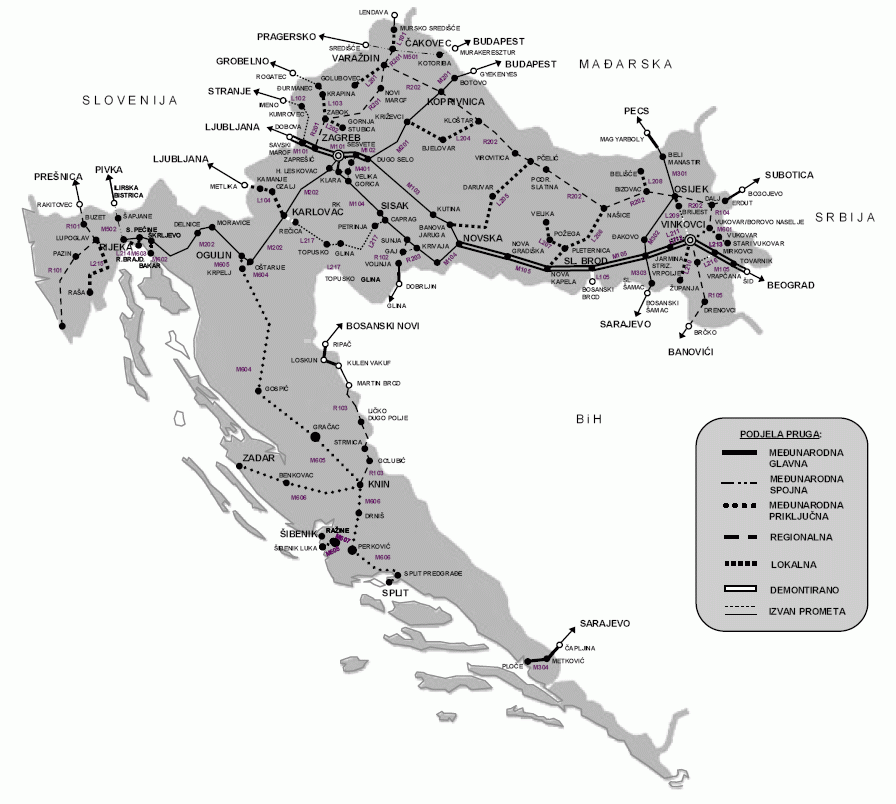 The Croatian rail network © Croatian Official Document uploaded to Wikipedia by Epepe
The Croatian rail network © Croatian Official Document uploaded to Wikipedia by Epepe
The only high-speed line that currently exists in Croatia links Rijeka to Budapest, via Zagreb and Koprivnica. Planned improvements hope to cut journey times between Zagreb and its nearest coastal city to an hour. Same as it ever was - Rijeka was the first Croatian city to be connected internationally by rail. That line also ran into the heart of Austro-Hungary and facilitated upper-class travel to places like Opatija. But does it best benefit the country to invest in more links to the coast or in continental Croatia trains? Well, the inland is not being ignored. Upgrades are being made to continental Croatia trains. This impressive beast actually services the country's coast. But would more investment in the continental Croatia trains network better service more people and help unlock the inland to tourists? Around 70% of the country's inhabitants live in continental Croatia © HŽPP
This impressive beast actually services the country's coast. But would more investment in the continental Croatia trains network better service more people and help unlock the inland to tourists? Around 70% of the country's inhabitants live in continental Croatia © HŽPP
The rail link between Zagreb and Slavonski Brod is so historic that it was once part of the four routes of the Orient Express. It has been maintained to a standard where you can make a relatively quick journey from the capital to Vinkovci via Slavonski Brod. The same cannot be said for rail travel to Osijek, the access point to Baranya and much more. So slow is the connection between Osijek and Zagreb that it has been possible over recent times to reach the Slavonian capital quicker by taking the train to Vinkovci, then the bus to Osijek, rather than travelling direct by rail.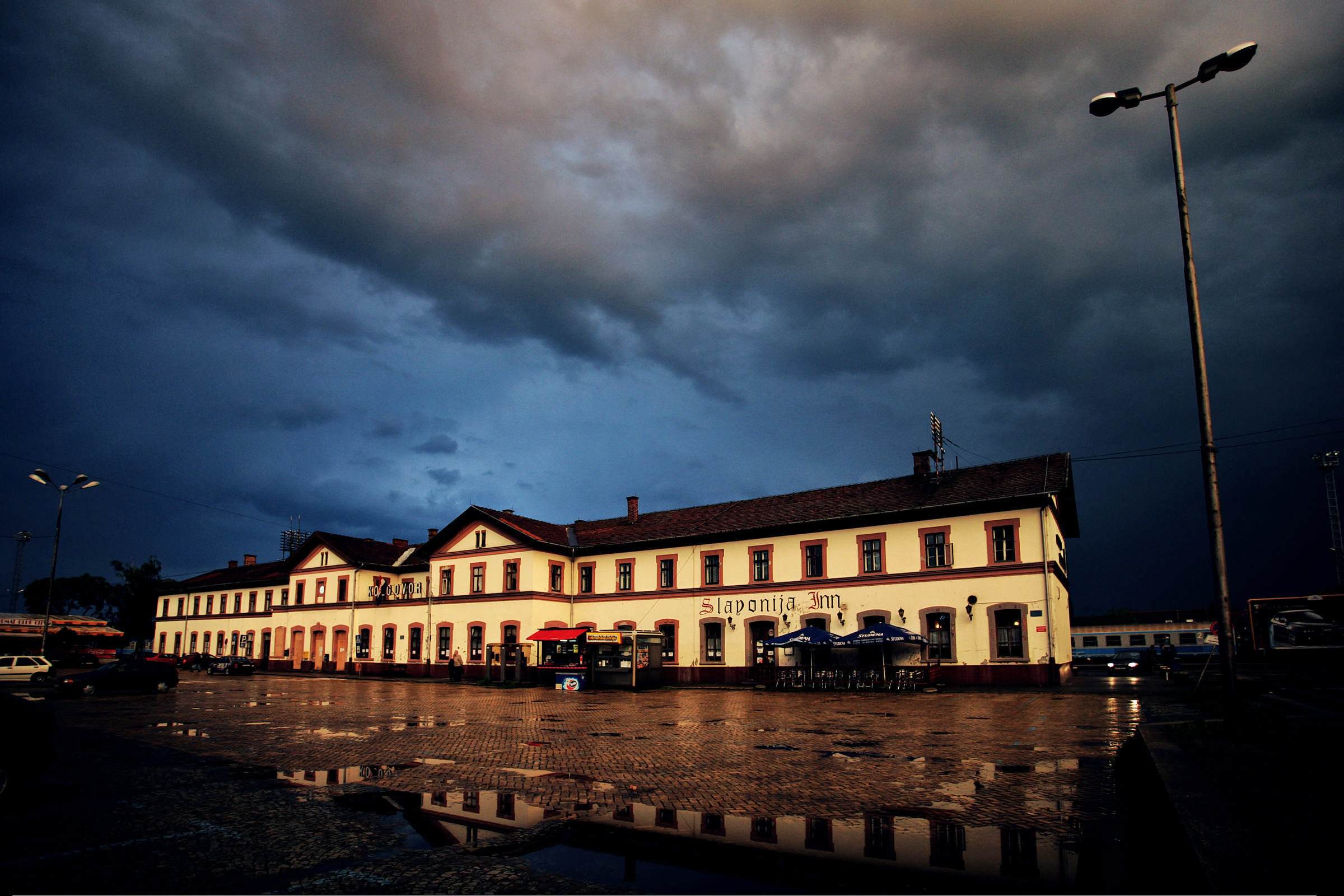 Osijek train station. A renovation to the building is planned for the near future © Romulić & Stojčić
Osijek train station. A renovation to the building is planned for the near future © Romulić & Stojčić
However, in February this year, Croatian Railways introduced four direct daily lines between Slavonski Brod and Osijek. And there will be a new tilting train line that will run between Zagreb to Osijek on Friday afternoon and from Osijek to Zagreb on Sunday afternoon, facilitating student travel. On October 15, the first low-floor train will run between Osijek and Vinkovci as an additional part of the renewal of their continental Croatia trains fleet in Slavonia. The welcome return of Croatia's second-oldest international rail line - linking Osijek to Pécs in Hungary, via Beli Manastir and Baranya - was introduced in late 2018.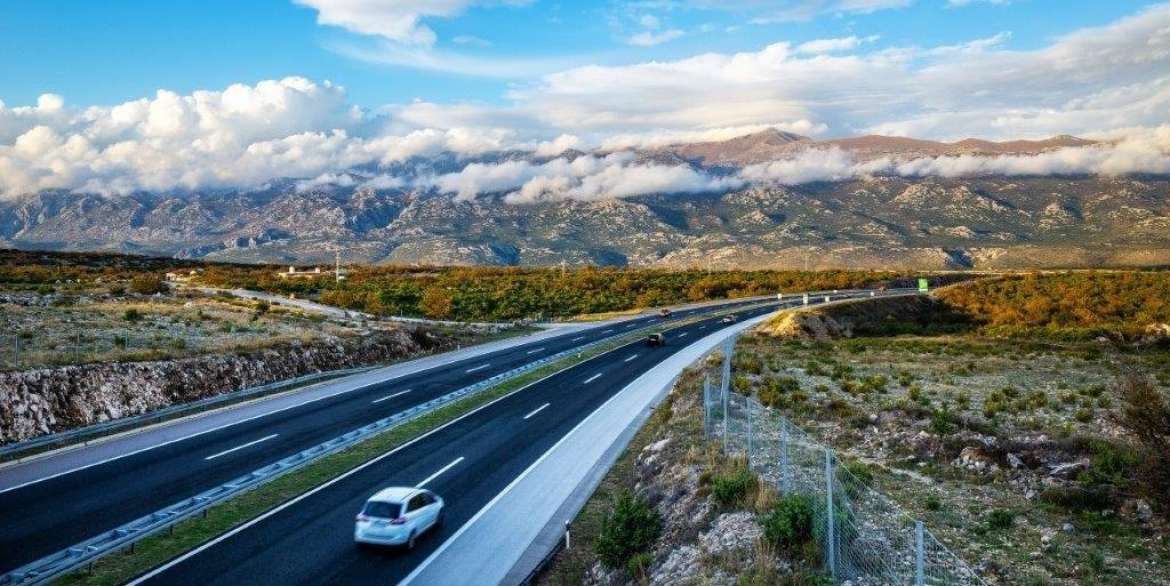 A motorway stretch between Metković and Dubrovnik, integrating the Pelješac bridge and the Croatian segment of the European corridor are the final big remaining projects in a three-decade-long undertaking to give Croatia one of the best motorway networks in Europe. Should Croatia's rail network be next? © Hrvatske Autoceste
A motorway stretch between Metković and Dubrovnik, integrating the Pelješac bridge and the Croatian segment of the European corridor are the final big remaining projects in a three-decade-long undertaking to give Croatia one of the best motorway networks in Europe. Should Croatia's rail network be next? © Hrvatske Autoceste
Access to Slavonia and Baranya will also be massively facilitated upon completion of the European corridor, which will connect North Europe to the Adriatic. Starting in Budapest, it necessitates the building of a bridge near Beli Manastir. Thereafter the motorway will pass by Osijek, connect to the Zagreb-Slavonia motorway near Lipovac, then pass through Bosnia and its capital Sarajevo and on to Ploče.
The removal of budget airline flights to the airport in Osijek remains a hindrance to attracting many international visitors to Slavonia and Baranya. However, with charter airlines facing the greatest uncertainty of all modes of transport at the current time, though their return is a must, it is perhaps now an ambition that should remain more long term. For the immediate future, improvements to rail travel look to be a brilliant way of opening up not only Slavonia, Baranya and Vukovar-Srijem, but also an eco-friendly access point capable of serving the whole of untapped continental Croatia.
For the latest travel info, bookmark our main travel info article, which is updated daily.
Read the Croatian Travel Update in your language - now available in 24 languages
55th Vinkovacke Jeseni Folklore Festival Ends
ZAGREB, September 20, 2020 - The 55th Vinkovacke Jeseni (Autumn in Vinkovci) folklore festival, held this year in line with measures introduced due to the coronavirus pandemic, ended on Sunday in that eastern Croatian town with a parade of participants and horse-drawn carriages.
Members of 31 folklore troupes from Vukovar County and 25 horse-drawn carriages and 30 horse riders walked through the city centre.
There were no visiting folklore troupes from other parts of the country and the Croatian diaspora this year due to the coronavirus pandemic but their previously filmed performances were shown on a video wall.
The parade of folklore troupes was followed by numerous visitors.
For the latest travel info, bookmark our main travel info article, which is updated daily.
Read the Croatian Travel Update in your language - now available in 24 languages
55th Vinkovačke Jeseni Becomes Folklore Festival of the Future
September 17, 2020 – Beginning today, one of the country's largest and oldest annual folklore events - Vinkovačke Jeseni – finds new ways to continue the music, dancing and preservation of Croatian culture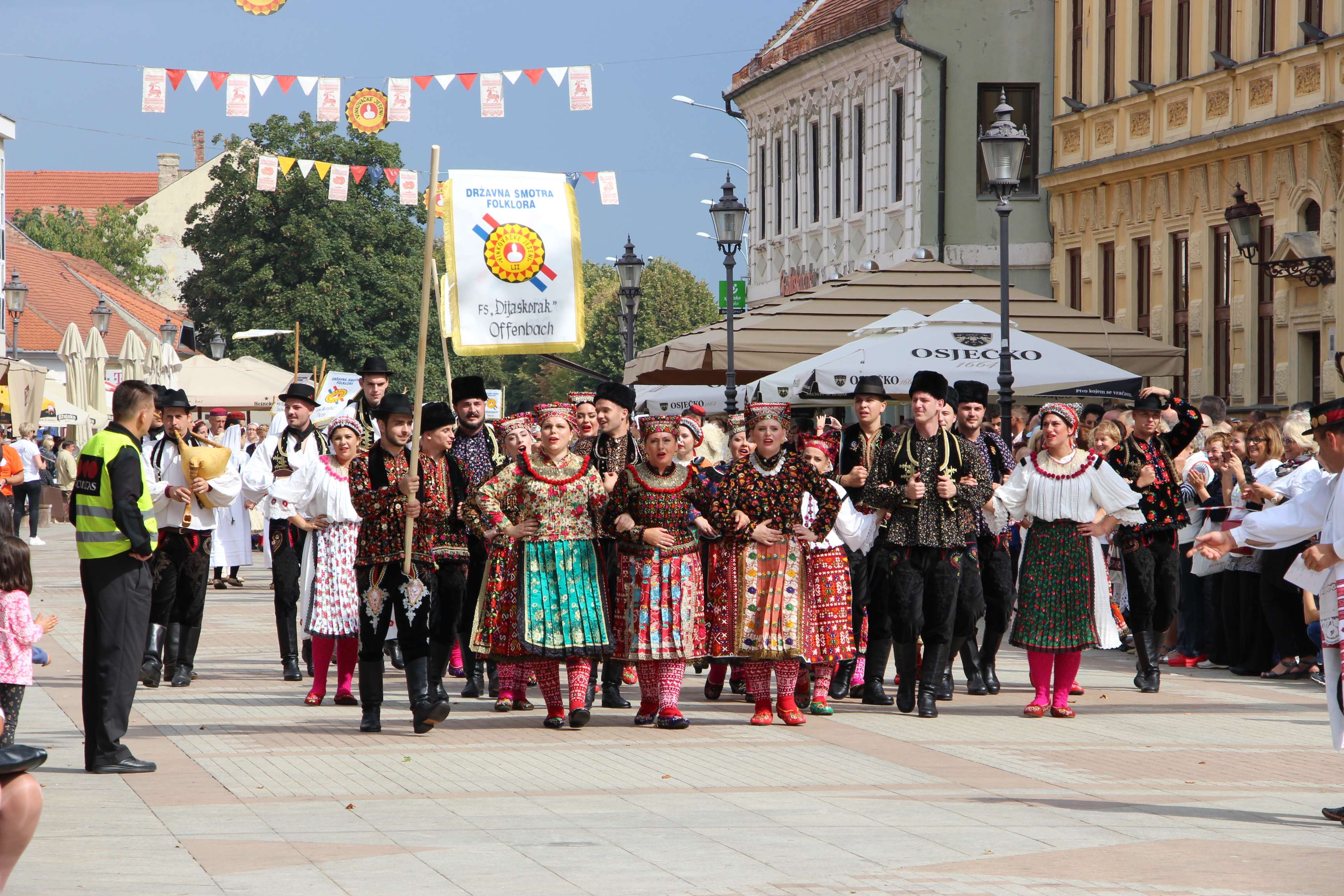
Of all events requiring a serious rethink because of epidemiological guidelines, folklore is perhaps the most problematic. The traditional folk dancing of Croatia requires participants to be in close proximity. Often, groups are joined by the hand – and hundreds can join in. But, not this year.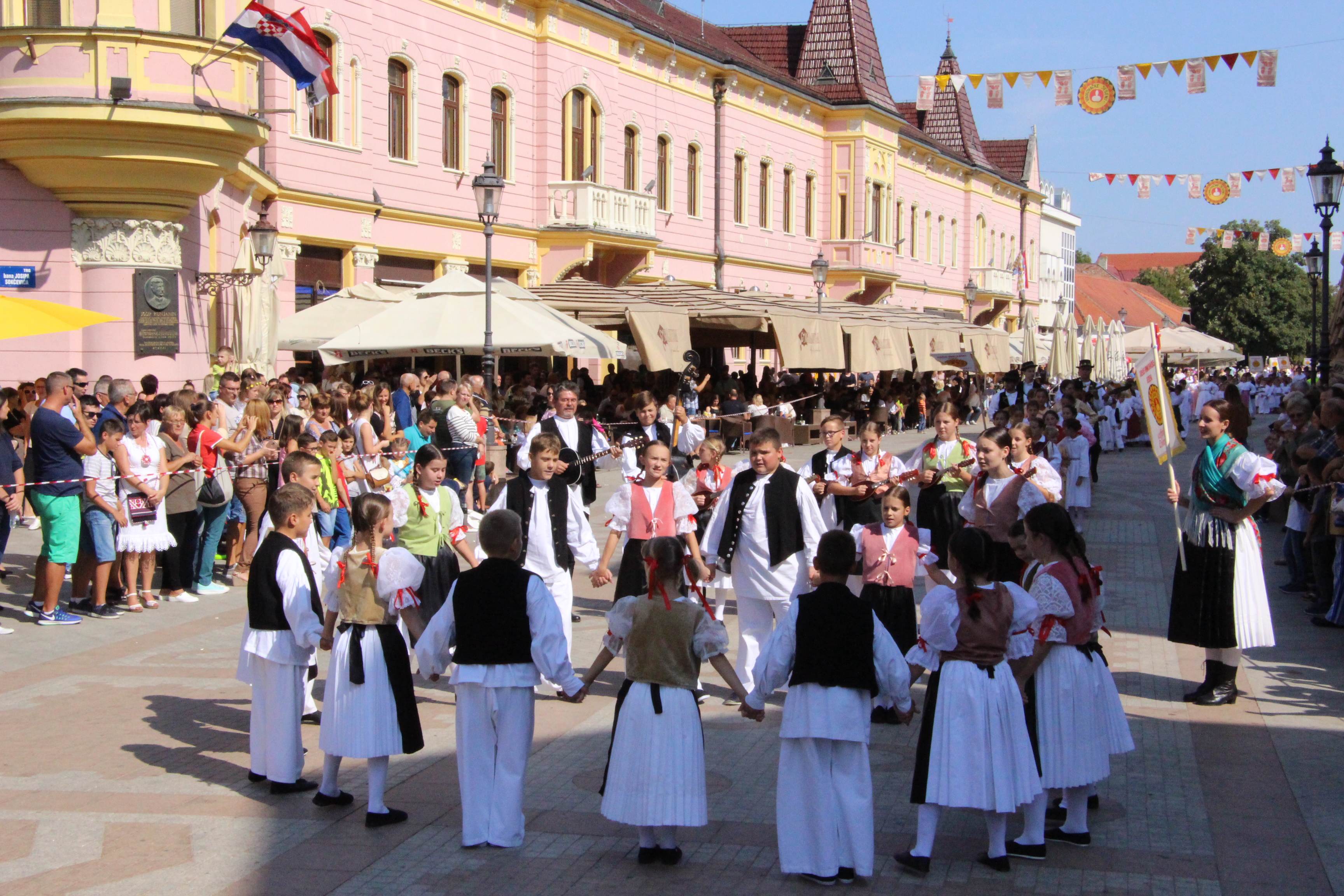
Being one of the largest traditional folklore events in the country, Vinkovačke Jeseni (Vinkovci autumn) has had a lot of thinking to do. Having been enjoyed by inhabitants of the eastern Slavonia town every year continuously for over half a century, not to mention many thrilled visitors, cancellation was a last resort. And it's one they have thankfully not reached.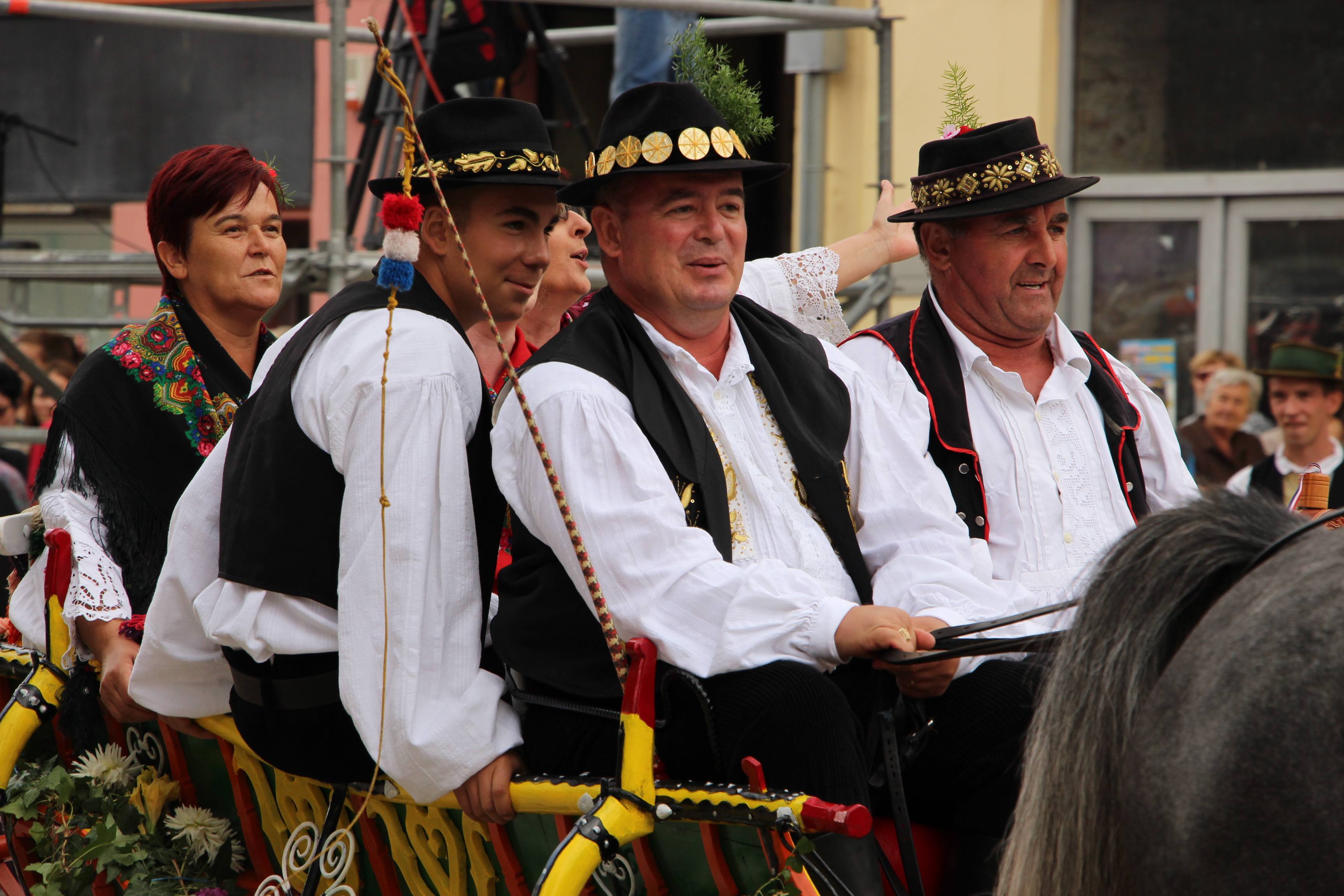
The 55th Vinkovačke Jeseni is going to look very different to previous editions,. But its colourful costumes, wonderful dancing, great music and preservation of Croatian culture can still be enjoyed by all. Only this year, you'll be enjoying it on TV.
Instead of inviting visits by hundreds of folklore societies (KUDs) from across Croatia, for the 55th Vinkovačke Jeseni, the event has visited them. From August 27 to September 4, a special film crew visited all of the counties in the country and made short films with local KUDs about the traditions, culture and customs of each region. These will be shown as video postcards at the ceremonial parade. Made by Plave Vinkovačke televizije (Blue Vinkovci Television), they will also be available for anyone to watch internationally until September 20.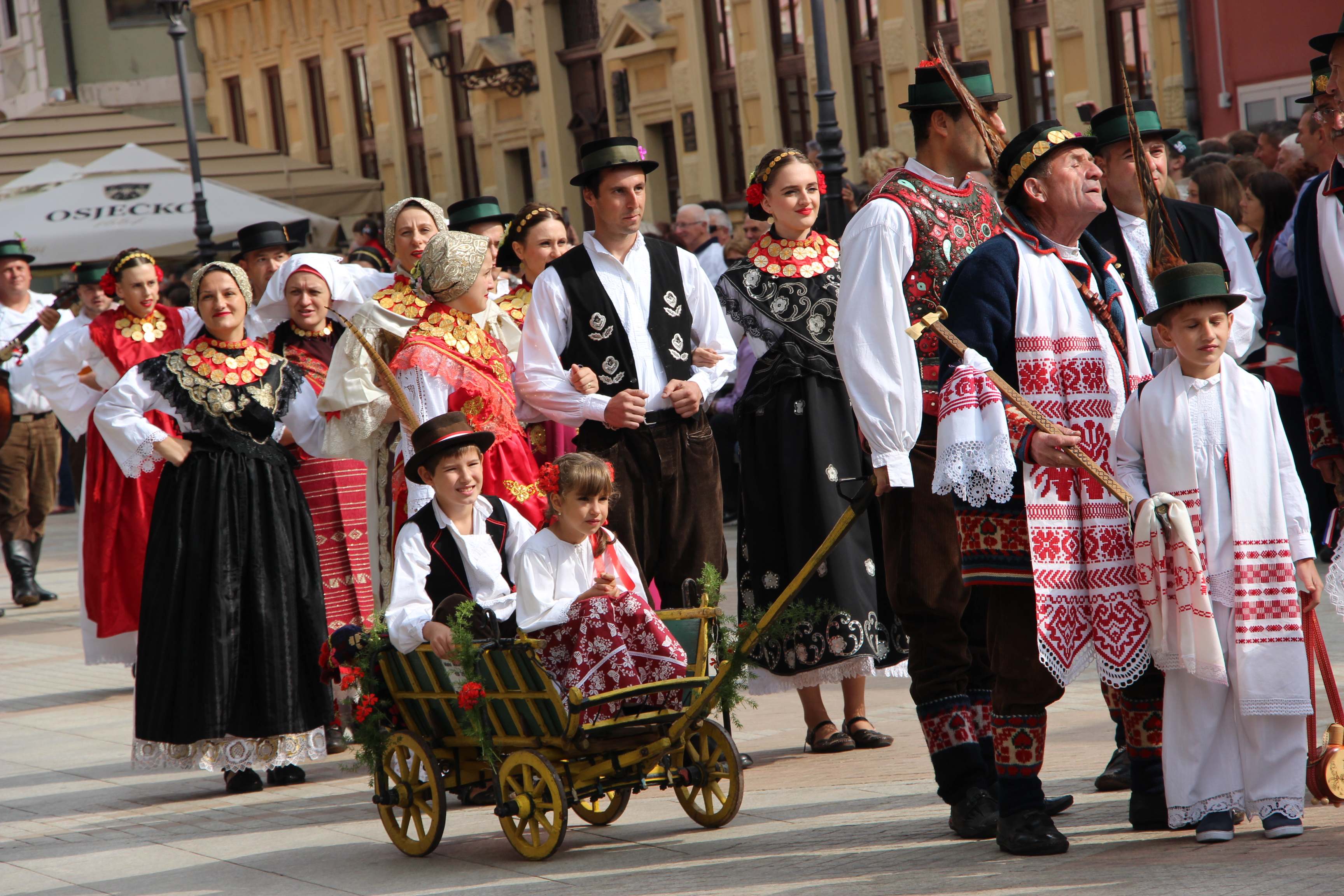
The physical event in Vinkovci will still have its traditional parade of participants, and horse-drawn carriages will still parade through the town, although this year there will only be around 30 KUDs from the wider Vukovar-Srijem County in attendance. The opening event will take place on the main square and this year there will be no large tent for nighttime revelry.
All photos from previous editions of Vinkovci Autumns © Vinkovačke Jeseni
For the latest travel info, bookmark our main travel info article, which is updated daily.
Read the Croatian Travel Update in your language - now available in 24 languages
Vinkovci Film Week 2020 Begins
August 17, 2020 - Now a much-enjoyed highlight of the city's cultural calendar, the Vinkovci Film Week festival pairs the 14-year-old DORF music documentary festival with the Classical Antiquity Film Nights. Here's what to expect...
At just four years old, Vinkovci Film Week has become a much-loved highlight of the Slavonian town's cultural calendar. Given its age, it's less surprising that it's become so when you find out its component events are actually very well established.
The film week actually pairs a 14-year-old music documentary festival, DORF, with the 8-year-old Classical Antiquity Film Nights. Beginning tomorrow, Tuesday 18 August, and running until Saturday 22 August, here's what you can expect to see...
Classical Antiquity Film Nights at Vinkovci Film Week
Tuesday 18 August
20.30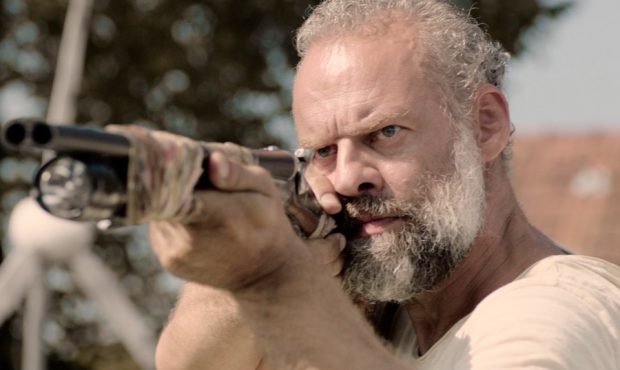
'The Last Well / Posljednji bunar' directed by Filip Filković (2017, Croatia), is a dystopian tale set in a dry Croatian hinterland, where the last source of drinking water has a significant impact over life. It has won more than 30 festival awards.
Immediately following is 'Lo and behold: reveries of the connected world' (2016, USA) by iconic German-American film and documentary maker Werner Herzog. The viewer is taken on a journey through a series of provocative conversations revealing how the internet has changed (and continues to change) the functioning of the real world and life itself - from business to education, from space travel to healthcare, as well as the very core of our private relationships.
Wednesday 19 August
20.30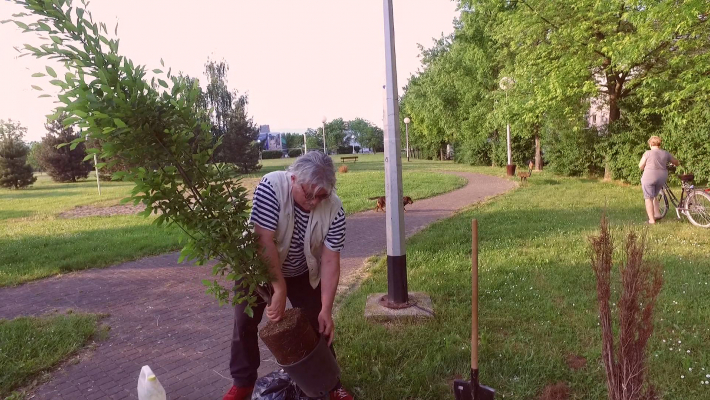
Dalibor Platenik's 'Man and Tree / Čovjek i drvo' (2019, Croatia) looks at the life of Vladimir Dimić Joda, who lives in the centre of Zagreb and spends his days hanging out with trees. He started planting trees anonymously more than 30 years ago and has so far planted more than 450 of them. He talks to them, waters them, and tends for them. In doing so, he feels he is returning a debt to Mother Earth. Vladimir Dimić Joda was actually born in Vinkovci and is a frequent visitor to the town.
DORF music documentary festival at Vinkovci Film Week
Thursday 20 August
20.30
'Grace Jones: Bloodlight and Bami' (2018, USA) is a human portrayal of the intangible Jamaican icon. Through her modelling and music, Grace Jones has provocatively and unflinchingly bared all to the public. While examining these elements of her career, this documentary shows what few have ever seen before; the very real person that lies beneath the enigma.
Friday 21 August
20.00
Premiering at the festival, short film 'xYUGOx' (2020, Croatia) follows Croatian-Serbian hardcore punk band The Truth in preparation for a two-week European tour and asks how their straight-edge lifestyle (eschewing alcohol, tobacco, and all other drugs) impacts such an undertaking.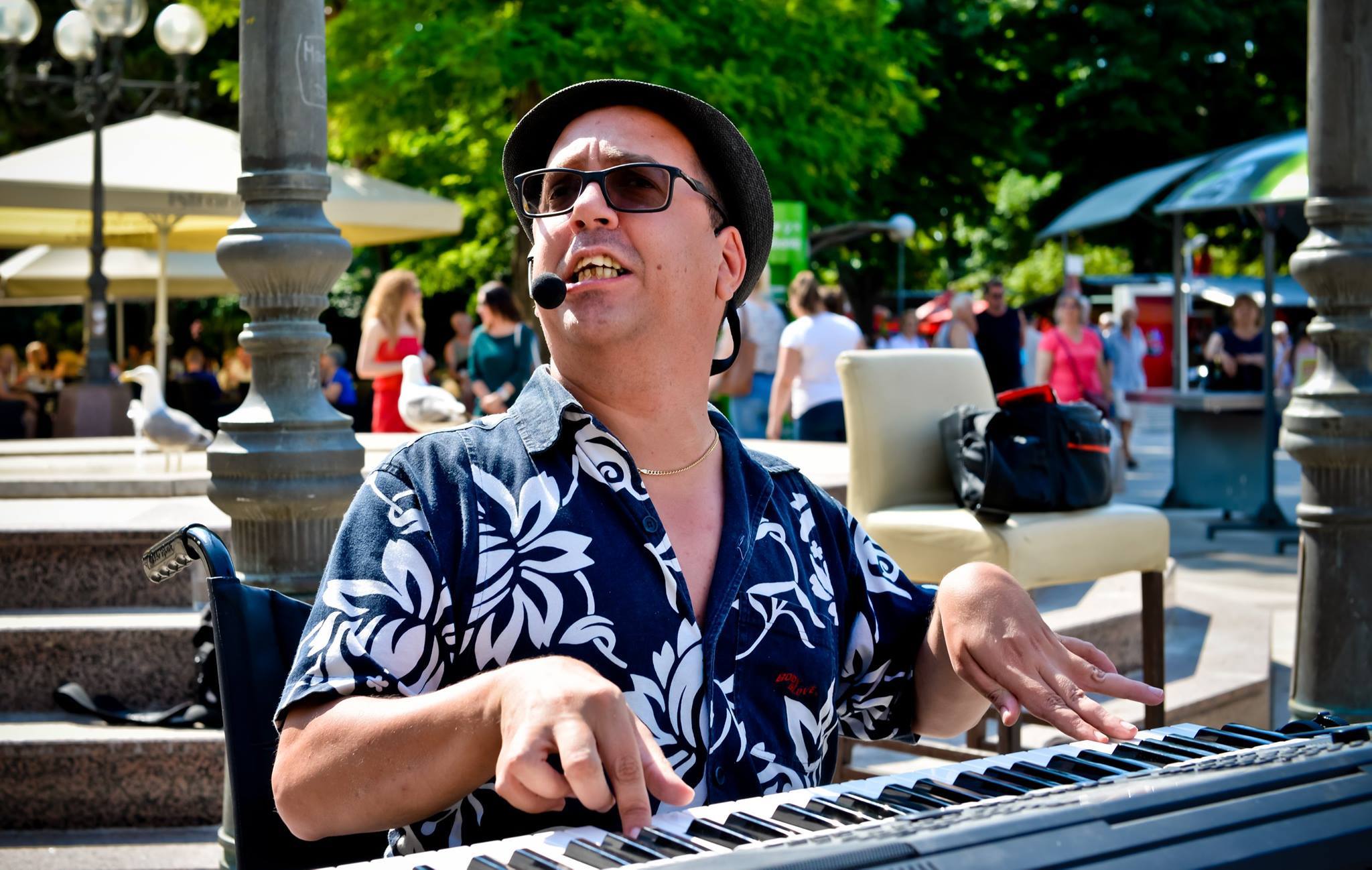
Also premiering here, 'Erik' (2020, Croatia) is a portrait of composer, singer, keyboardist, and award-winning songwriter Erik Balija, whose cerebral palsy restricts only his physical movement, not his spirit.
21.30
Another premiere, 'New York: The Pilgrimage' (2019, Macedonia) follows a Macedonian hip hop obsessive as he makes a once-in-a-lifetime journey to the city which birthed his passion.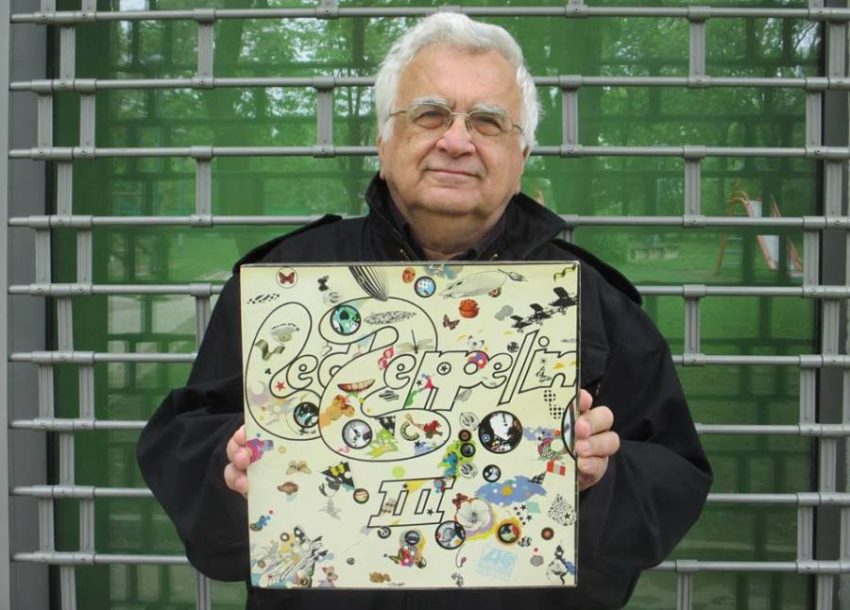
'Winners Are Boring / Pobednici su dosadni' (2018, Serbia) is a portrait of life-long music fanatic, publicist, and journalist Žikica Simić, examining the impact the cult radio shows he has helmed have had on many.
'Sonnyboy iz Stubičke Slatine' (2019, Croatia) looks at the life of Krešo Oremuš from rural Zagorje. By day, Krešo is a metal worker. By night, he's a blues music fanatic and one of the country's greatest blues harmonica players.
Saturday 22 August
20.00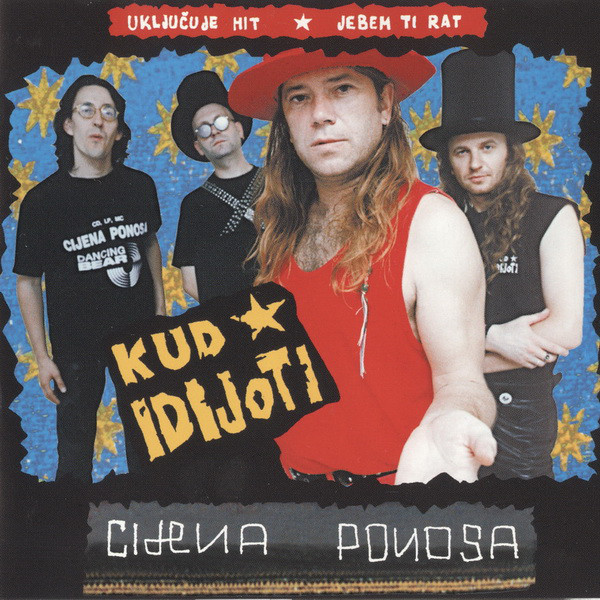
'Tusta' (2019, Croatia) is a biography of Branko Črnac Tusta, the leader of infamous Pula punk-rock band, KUD Idijoti. Because of his uncompromising anti-fascist and tolerant stance, this true working-class hero was considered a "communist" in the 1990s, and his music all but banned from Croatian media and music outlets. The band were not deterred. KUD Idijoti were the first Croatian band to perform a concert in Serbia after the war.
Buba Bar Opens as First Cafe in Croatia to Employ People with Disabilities
July 7, 2020 - After a little more than 3 years of effort, persistence and work, Buba Bar has opened in Vinkovci as the first cafe in Croatia that employs people with disabilities.
HRTurizam writes that in December 2016, a crowdfunding campaign was launched on the Indiegogo platform, which was, among other things, the second most successful crowdfunding campaign in 2016. With the noble goal of opening the first cafe in Croatia to employ people with Down syndrome, the honorable Buba Bar was born.
The brave and more than praiseworthy vision finally brought a smile to the faces of ten people with Down syndrome and other people with disabilities in Vukovar-Srijem County who realized their basic human right - the right to work - with their first job in life.

Udruga Bubamara
The campaign was launched by the Association Bubamara from Vinkovci, which cares for over 1,600 people with disabilities in Vukovar-Srijem County, employs over 200 people, and has successfully applied for and implemented over 100 projects. The Bubamara Association, which with its excellent results, unofficially bears the title of the most successful association in Croatia, and is an excellent example of the development and business of associations.
Alen, Domagoj, Dario, Ivana and Marija are just a part of the team that started working at Buba Bar, and in the past a few years, they diligently practiced and honed their skills to make their start as successful as possible. The group was trained, and through various activities and events where they had the opportunity to show their skills, both in the city of Vinkovci and throughout Croatia, they showed that they are ready for a new challenge.
As part of Buba Bar, there is also a bowling alley with four lanes as new entertainment in Vinkovci!
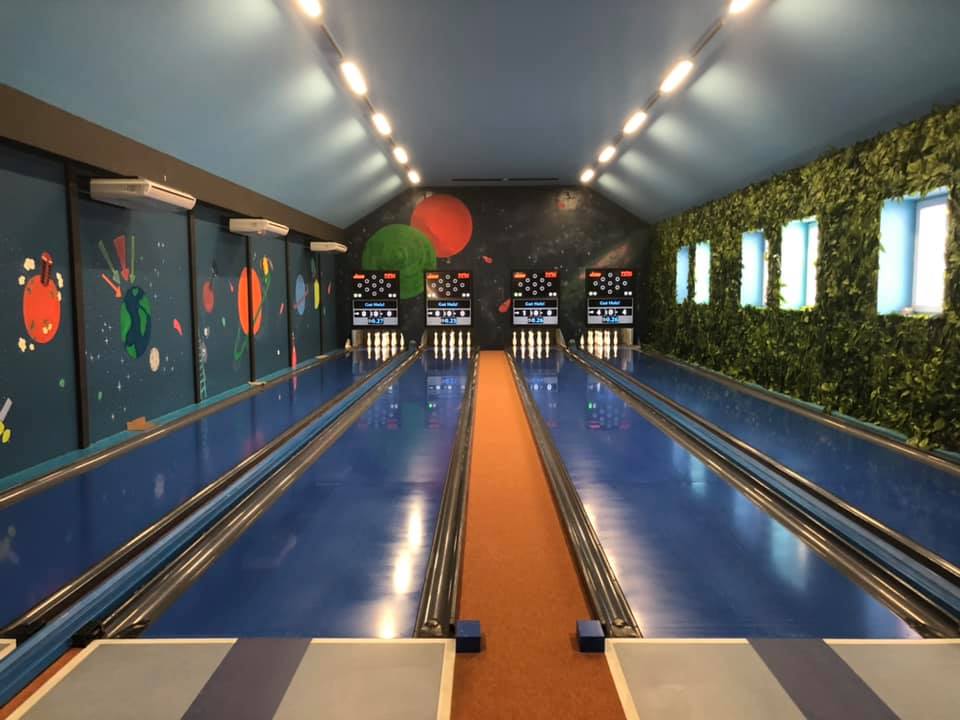
Udruga Bubamara
Perhaps the biggest victory of the Bubamara Association is that they fought for a change in legislation so that people with disabilities can now work without fear of losing their rights, i.e., disability benefits, as has been the case so far.
Namely, it was Buba Bar who contributed to the change of national policy through amendments to the law, which ensured that persons with disabilities can now work without being deprived of disability benefits or reducing any rights.
Buba Bar will also be an education center, but also an example to other caterers to recognize the potential of people with disabilities. Thus, Buba will at least become a place where people with disabilities will exercise their basic right - the right to work and, of course, a salary, and will have the opportunity to contribute to the community through their work.
In the end, the Bubamara Association points out that they hope that Buba Bar, as the first example of social entrepreneurship, will serve as a model for others in Croatia.
To read more about lifestyle in Croatia, follow TCN's dedicated page.


